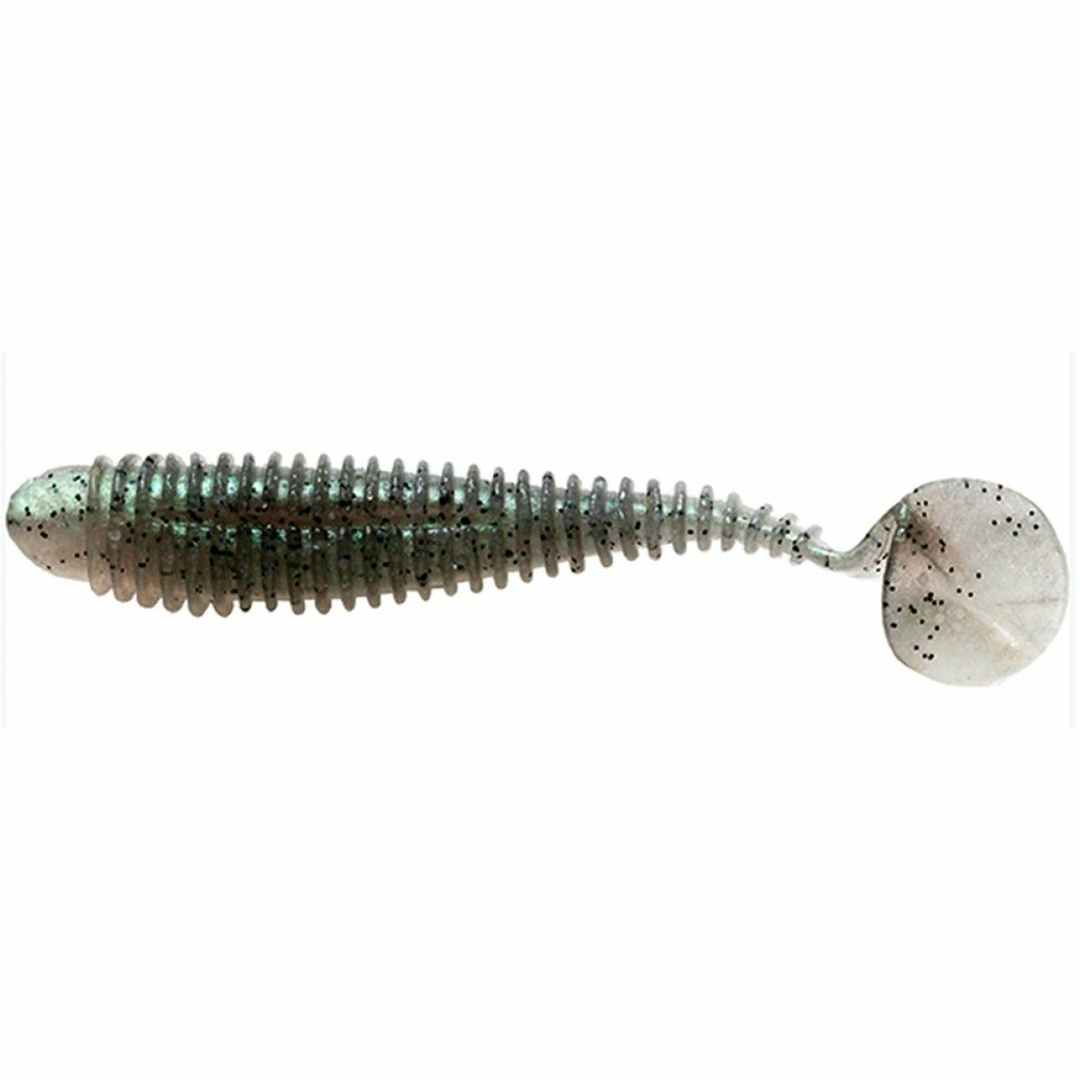Cleaning the kettle lemon
CONTENT
- 1 Why from scale in the kettle must be disposed of
- 2 Prevention of scale deposits in the kettle
- 3 How to avoid damage to the kettle when descaling
- 4 How often should I clean the kettle
- 5 How to clean the kettle scale at home
- 6 Chemical descaling the kettle, commercially available
Why from scale in the kettle must be disposed of
The rate of formation of salt deposits depends on the water quality. The higher the hardness, the faster the scum accumulates on the walls of the device and the electric heater. Caring for such a technique should be timely, because:
- lime deposits under a layer of rust is formed which destroys metal;
- scale has low thermal conductivity, the water blocking contact with TAN. Device to heat the liquid to the desired temperature, it is necessary to work for wear, it reduces the period of its operation;
- under high temperatures, limescale deposits impair the taste of water;
- over time, excess salts, which inevitably get into the body of water can have a negative impact on the work of the excretory system, kidneys, bones and joints.
Scale can adversely affect not only the kitchen appliances, but also on the human body
Prevention of scale deposits in the kettle
Number to get rid of salt deposits procedures can be significantly reduced if you follow some simple guidelines:
- Can not be boiled same water more than once.
- Do not leave water in the kettle. After cooling, it can be poured into a carafe.
- Well, if after using the device is rinsed with running water and wipe with a soft cloth.
- Not recommended to boil ordinary tap water. Reduce the calcination process will help filter or use bottled water.
- It needs time to clean lime deposits, preventing accumulation of large scale layer.
It is much easier to cope with a small amount of sediment, so do not delay this procedure
How to avoid damage to the kettle when descaling
It is believed that the cleaning of the kettle citric acid or any other available means of safer treatments with special chemical concentrates. So first of all it is recommended to use those cleaners that are in the kitchen of every housewife: citric acid, soda, vinegar, lemon, etc. Most often they are fresh scum is removed quite effectively in kettle. How to remove a thick layer of fat, which is not amenable to cleaning people's means? In this case, strong chemical compositions can come to the rescue.
When using the special tools necessary to pay special attention to their composition
In either case, it is important to comply with the general recommendations:
- To clean the inner surface of the device can not use metal brushes and abrasives.
- It is not necessary to permit the formation of a thick layer of scale.
- Several tools in the complex can be used in the fight with a strong touch of lime.
- When using special chemical compounds before they clean the kettle from scale, it is necessary to carefully read the enclosed instructions and the dosage material.
IMPORTANT!(Click to see)
No matter what means is used for descaling after the procedure should be boiled in the kettle pure water. Only then can you use the device for its intended purpose.
How often should I clean the kettle
The frequency of treatments depends on the type of use and the quality of water. When soft or filtered water to perform the procedure is enough time in 1.5-2 months. If the water is too hard, you need to clean the device 1-2 times a month, as required.
The rate of formation of calcareous deposits depends on the composition of water
How to clean the kettle scale at home
In preparation for the procedure, it is important to consider the materials which make up the kettle. Not all of the following options are universal. For example, manufacturers of electrical appliances not recommended to use for this purpose vinegar, or even more mixing it with soda and lemon concentrate. When as in the conventional cleaning vessel from a metal such embodiment is quite acceptable. Ways to get rid of limescale in the kettle using folk remedies, several. Everyone can choose the best option for your device.
How to clean kettle descaling citric acid
Citric acid - quite an effective means of scaling in a kettle that is suitable for both metallic and for electrical appliances.
Before boil a kettle with citric acid, it is necessary:
- Pour the kettle clean filtered water;
- Add citric acid powder;
- start the process of boiling.
After the allotted time, with water exfoliated sludge poured out, the device is rinsed and wiped dry.
Citric acid - the most popular descaler
Not everyone knows how much citric acid is necessary to clean the kettle. The amount of powder depends on the volume of the device and the precipitate thickness. Most often, the solution prepared from the calculation of 20-25 g per 1 liter. Thus, depending on the degree of contamination, at 1.7-2 l require 1-2 sachet of 25 grams (two tablespoons with slide).
Lemon in the fight against limescale
Such an embodiment is clear kettle descaling using conventional lemon, also considered a versatile and simple manner. This citrus not only help restore the original appearance of kitchen utensils, but also gives a refreshing flavor. For the procedure is enough to boil the water with addition of a few lemon slices.
How to clean the kettle from scale vinegar
If lemon or citric acid can be then vinegar, usually have in each kitchen. It is also an effective tool to combat salt deposits on the surface of the device. But it's best to use it for cleaning metal utensils.
Vinegar can not be used for descaling electrical appliances
IMPORTANT!(Click to see)
When cleaning with an aqueous solution of acetic acid utensils of stainless steel can darken the surface of the device. Therefore, for such pots is better to use more sparing variant reagent.
Concentration of the mixture - for 1 liter of water with 100 ml 9% vinegar solution. Filled the kettle solution should be put on a slow fire to boil the process it was not fast. After the solution can be left in the kettle for 1 hr. If the deposit is not completely moved away, but only became softer, it recommended to wash the surface with a soft cloth, and then repeat the procedure. Before using the device for its intended purpose, double boil it plain water and rinse thoroughly under running water.
Soda against lime deposits
Due to the peculiarities of its composition, baking soda - this is very efficient and, most importantly, a budget option, how to remove scale in the kettle. In addition, it acts as an excellent antiseptic for dishes and has no negative impact on the human body.
It is proved that soda more gentle on the surface, unlike vinegar or pineapples that dissolve solid precipitate. This same variation reagent softens and loosens limescale deposits, thereby influencing the wall softer and electric appliance.
In the cases of long-standing scum soda can be used together with citric acid in equal proportions
To clean soda necessary:
- Add to a pot full of clean water an ordinary baking soda at the rate of one tablespoon with a slide (25 g) per 1 liter of water;
- to bring the solution to a boil;
- leave for two hours.
After the inner surface of the device is rinsed under running water and scum residues are removed with a soft sponge.
Vinegar + soda - an effective mixture of anti-scale in the kettle
This is a great tool, how to wash tea from the thick scum layer. But the use of such a concentrate may be only in the usual metal kettle.
Baking soda together with the other reagents at times increases its action
The procedure is done in two stages:
- Boil the solution prepared at the rate of 1 tbsp. l. Soda per 1 L of pure water.
- Boil the solution prepared at the rate of 50 ml vinegar to 2 L of pure water.
Each concentrate should remain after boiling for 1 hr. After the procedure, kettle rinsed under running water.
Coke anti-lime
A great way not only to get rid of the lime sludge, but also in the fight against rust. Dosing simple:
- degassing agent;
- pour into the pot 2/3;
- boil;
- Rinse the appliance under running water.
Apple or potato peelings - a good way to clean the kettle
Less effective, but a working version of the fight with a small amount of scale. Also, this method can be used as preventive measures. Suitable only for simple dummies.
Mode of application:
- a vessel filled with pure water added apple, pear or potato peelings;
- mixture was brought to a boil;
- laying over 1-2 hours;
- After cooling the mixture was drained, washed and boiled kettle with pure water.
Do brine will help out of cucumber and tomato
At the expense of members of the brine from the home of cucumber and tomato vinegar or citric acid, it can also be used to combat limescale. In addition to salt deposits, and it copes with rust. For the result is enough to boil the brine and let it brew for a few hours.
Chemical descaling the kettle, commercially available
If none of the proposed options than clean kettle from scale, is not successful, you can try the special concentrated formulations. Based on user feedback, the most popular are the following tools:
| Name | Price in rubles. | release Form |
"Antinakip" from Frau Schmidt | 120 | Pills |
«Cillit» | from 270 | liquid concentrate |
"Descaling" from TM "Cinderella" | 50 | liquid concentrate |
When choosing it is important to pay attention to the components included in its composition - it must be organic matter. Only in this way you can ensure that the concentrate will not damage the interior surface and parts of the instrument.
Video - how to clean the kettle with citric acid:


